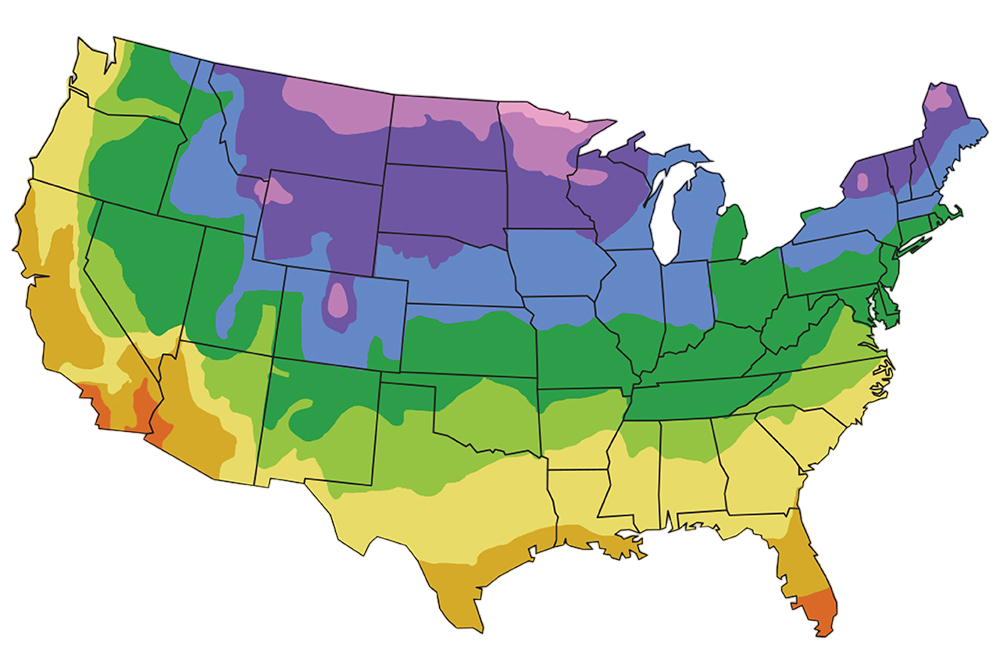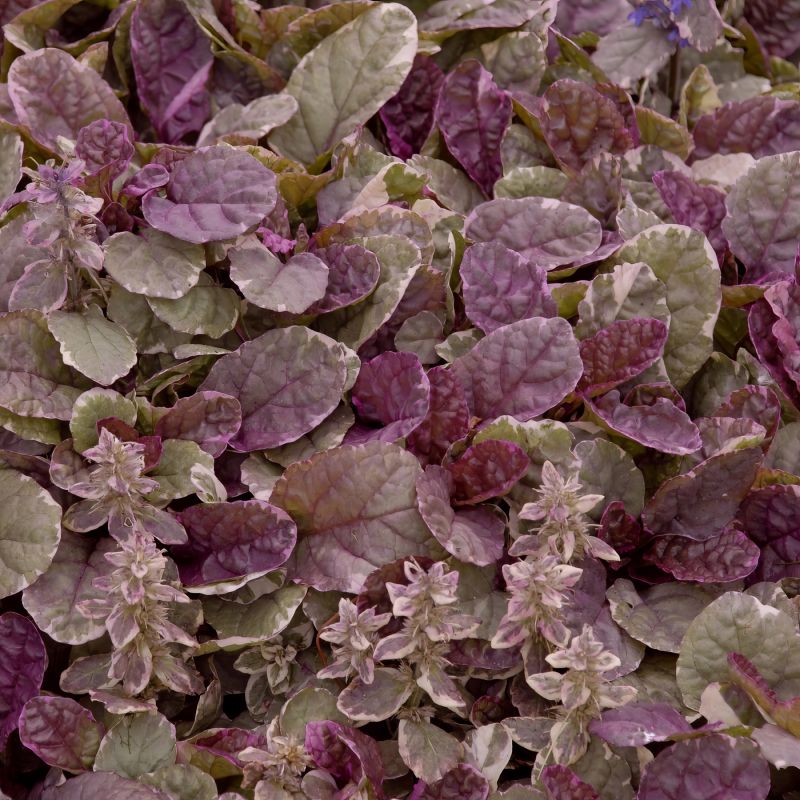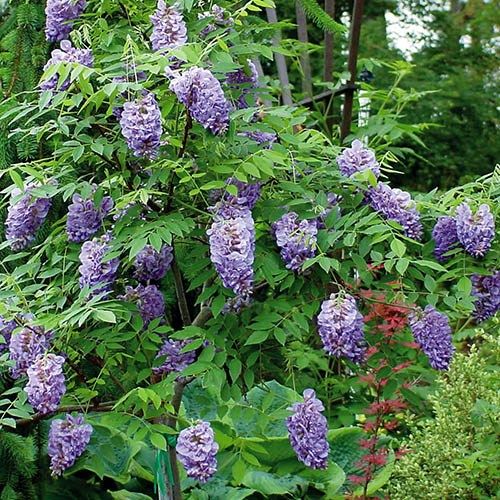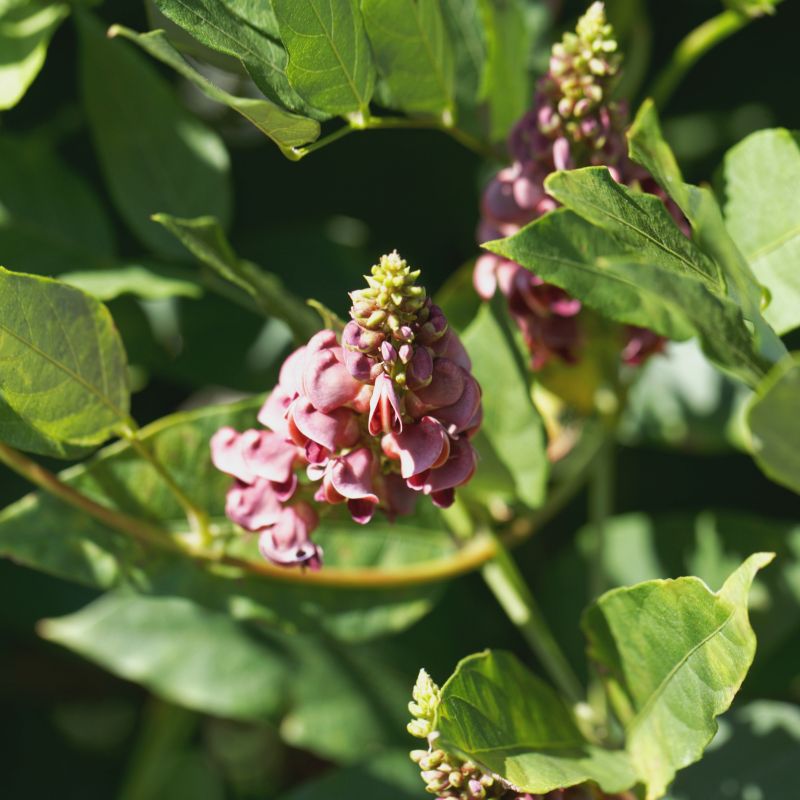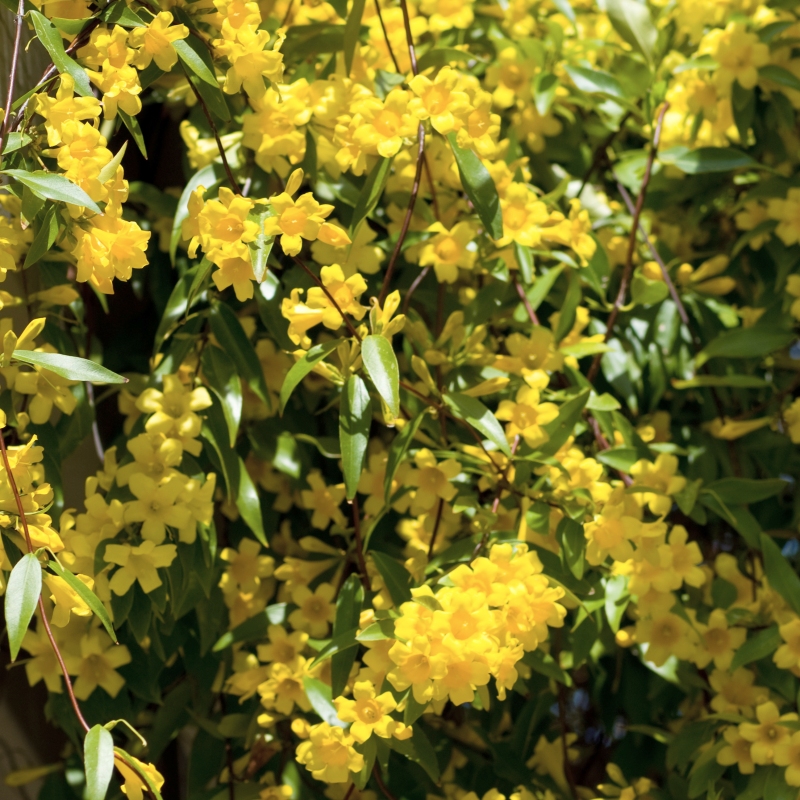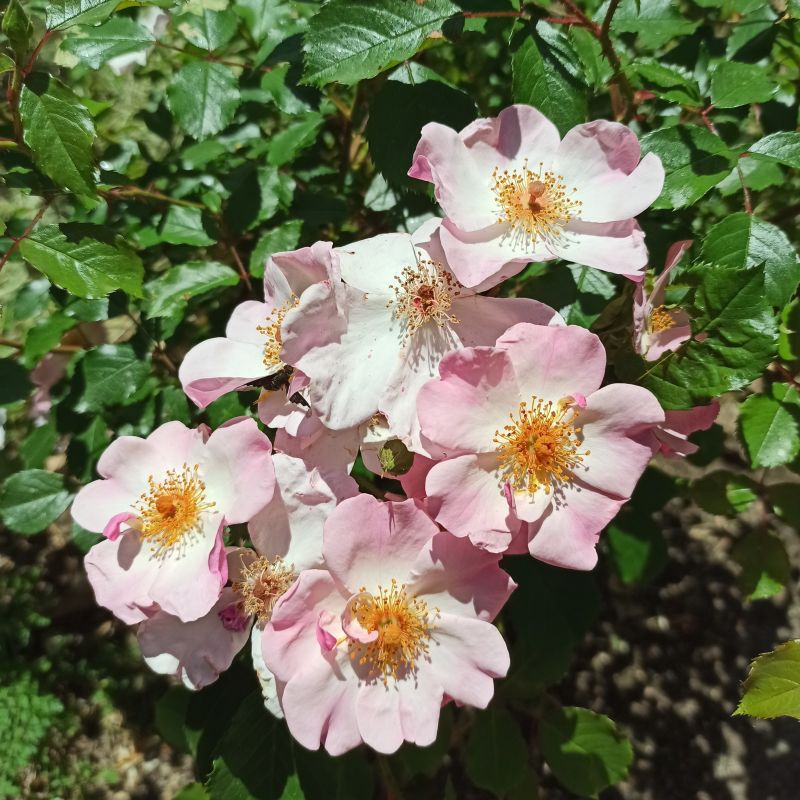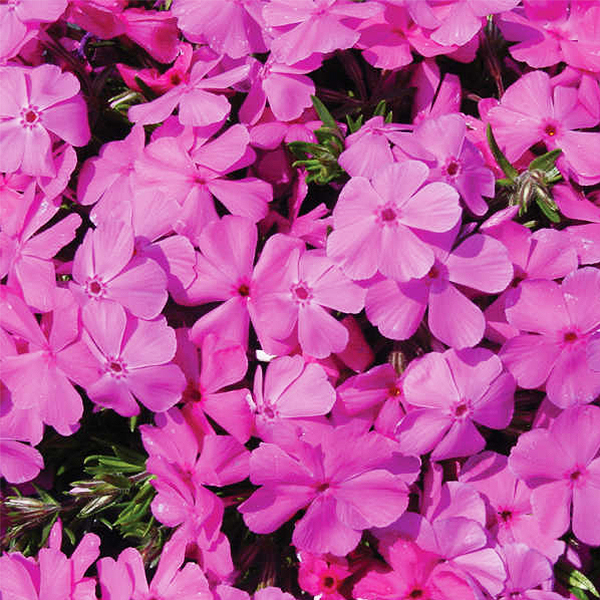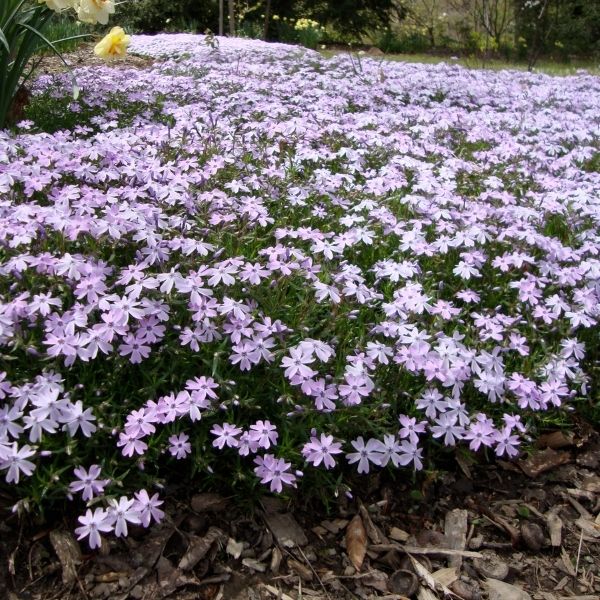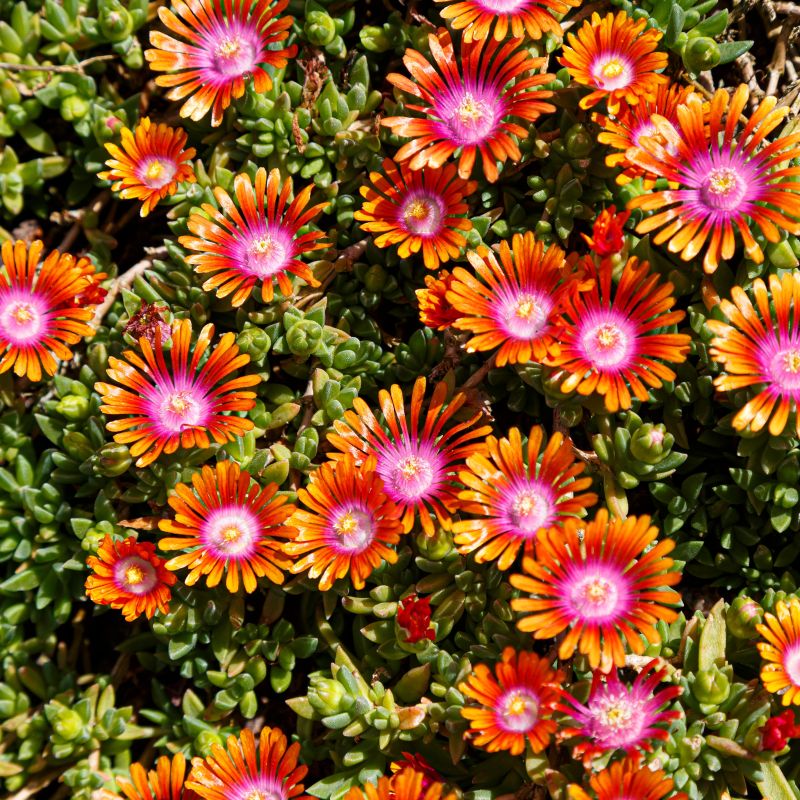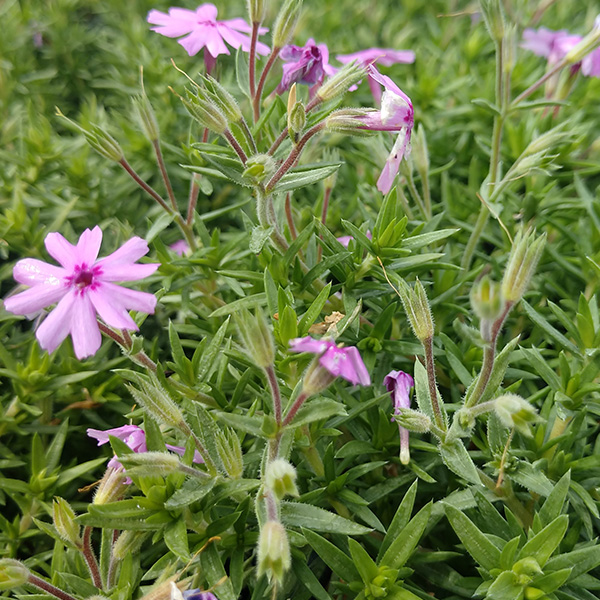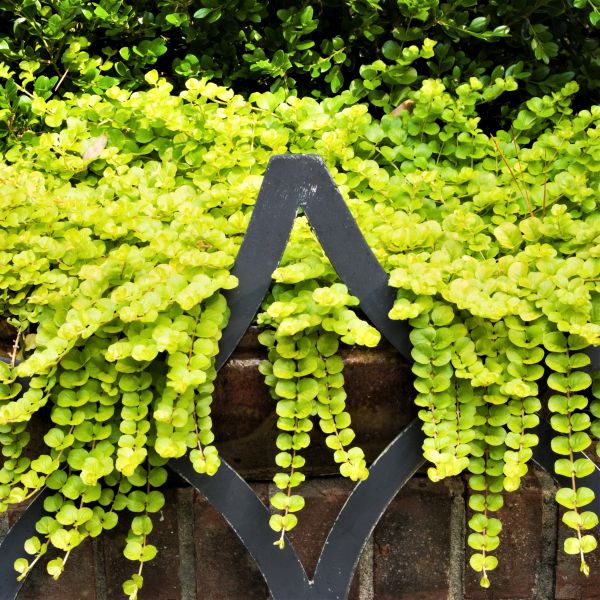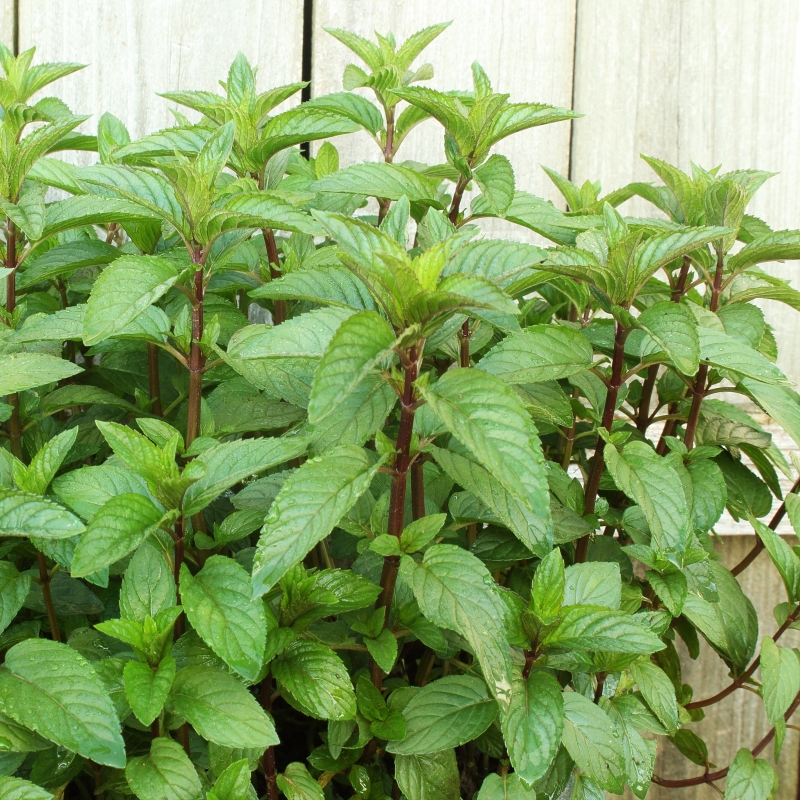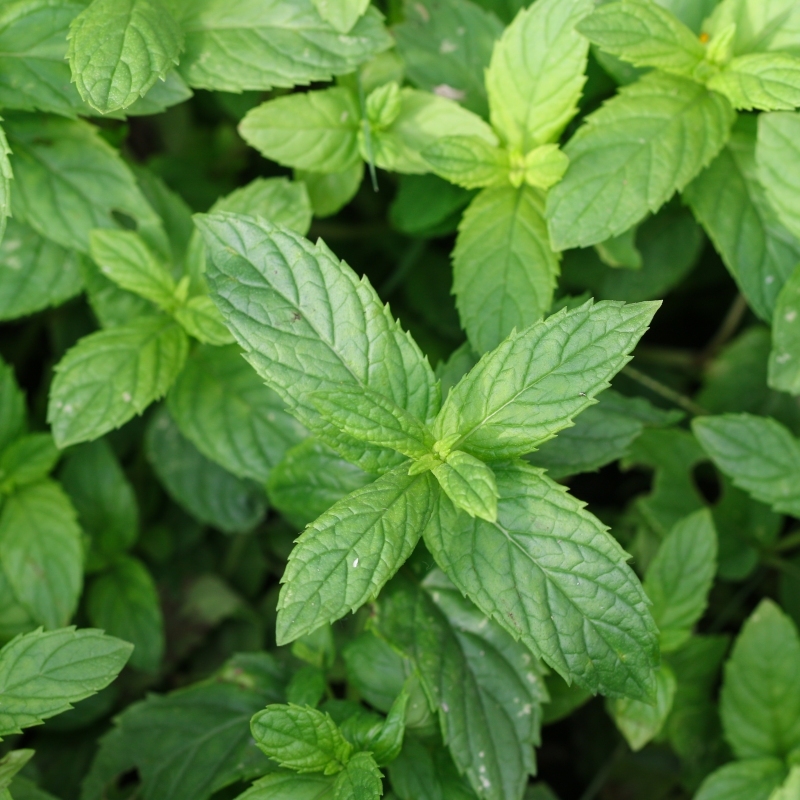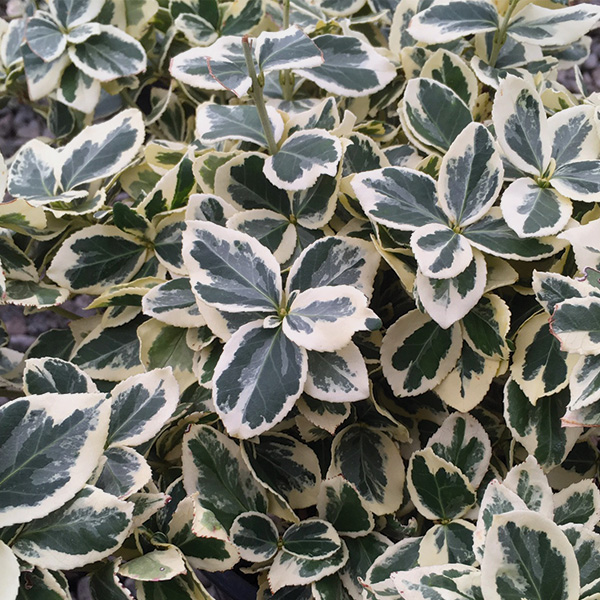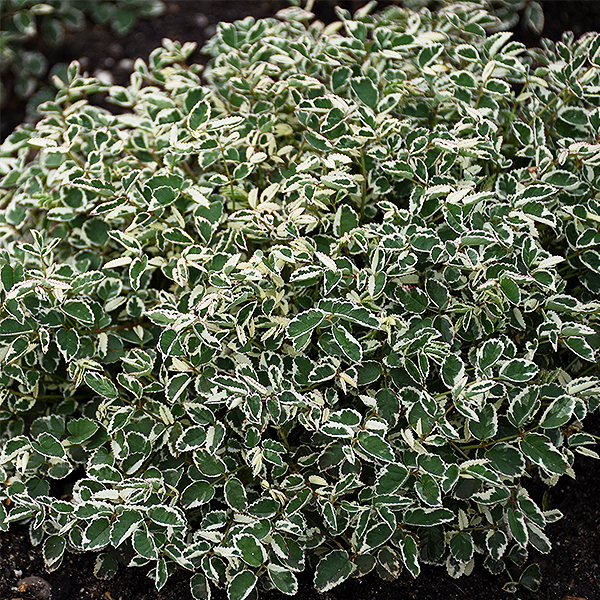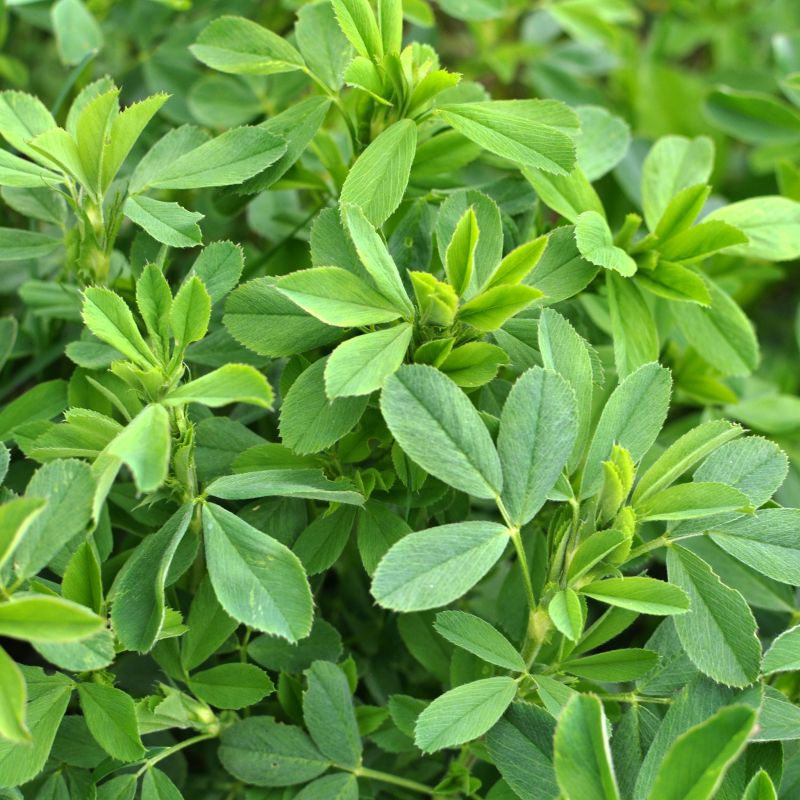


Creeping Thyme
Thymus praecox 'Coccineus'
9 reviews
Creeping Thyme
Thymus praecox 'Coccineus'
9 reviews
- Low maintenance and drought tolerant
- Produces small, fragrant flowers that attract pollinators
- Spreads quickly to create a dense ground cover
- Recommended by landscape designers for optimal fit in real yards
$32.00
$46.00
30% Off
- Ships to 43215 in 3 to 7 days
- Free Shipping Over $150
- Plant Arrival Guarantee
- In Stock
- Free Plant Consult
$200 - Landscape-Approved: Every Plant We Sell Comes With Design Expertise Behind It
- Quart Container
- 1 Gallon
Not just beautiful - intentionally selected by ShrubHub's 3D landscape design team to fit real-world spaces and maximize yard potential.
Why Creeping Thyme?
Creeping Thyme is a low-growing, spreading herb that is perfect for ground cover, rock gardens, or between stepping stones. Its fragrant leaves and vibrant pink flowers make it a beautiful addition to any garden. Creeping Thyme is also drought-tolerant and low-maintenance, making it an ideal choice for busy gardeners looking to add color and texture to their landscape.
People who loved this plant also bought
Sunlight
Creeping Thyme thrives in full sunlight, requiring at least 6-8 hours of direct sunlight per day to grow and spread properly. It can also tolerate some light shade, but may not flower as abundantly in these conditions. Well-draining soil is also essential
Watering
Creeping Thyme prefers well-drained soil and does not like to be overwatered. It only requires watering when the soil is dry to the touch, typically once every 1-2 weeks. Avoid watering directly on the leaves to prevent fungal diseases.
Fertilizing
Creeping Thyme, a low-maintenance plant, requires minimal fertilization. A balanced fertilizer with an NPK ratio of 10-10-10 is recommended in early spring to promote healthy growth and blooming. Over-fertilizing can lead to excessive foliage growth and de
Creeping Thyme (Thymus praecox 'Coccineus')
Creeping Thyme, also known as Thymus praecox 'Coccineus', is a popular ground cover plant that is perfect for adding color and texture to various garden settings. This low-growing perennial herb features small, aromatic leaves and tiny clusters of vibrant pink flowers that bloom in late spring to early summer.
Creeping Thyme is a versatile plant that can be used for ground cover, rock gardens, or even in between stepping stones. It is known for its ability to attract pollinators such as bees and butterflies, making it a great addition to any pollinator garden.
This plant is easy to grow and requires minimal maintenance once established. It prefers full sun and well-drained soil, but can also tolerate some shade. Creeping Thyme is drought tolerant and deer resistant, making it a low-maintenance option for gardeners looking to add some color to their landscape.
Whether used as a ground cover or as a decorative element in a rock garden, Creeping Thyme is sure to add beauty and charm to any outdoor space.
Plant Information:
| Botanical Name: | Thymus praecox 'Coccineus' |
| USDA Zones: | 3 - 9 |
| Water: | Moderate to Low Once Established |
| Exposure: | Full Sun |
| Soil Needs: | Widely Adaptable Well-Drained |
| Mature Height: | 3 - 4 inches |
| Mature Spread: | 10 - 12 inches |
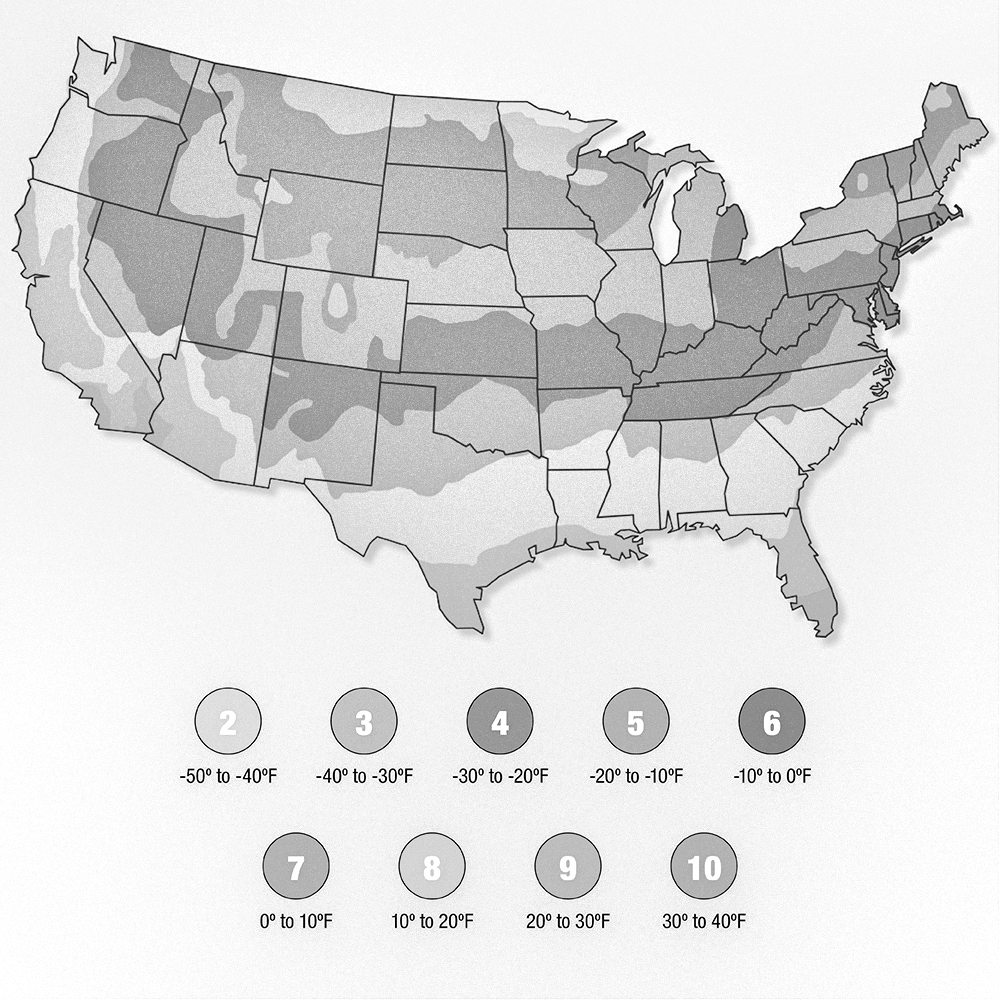

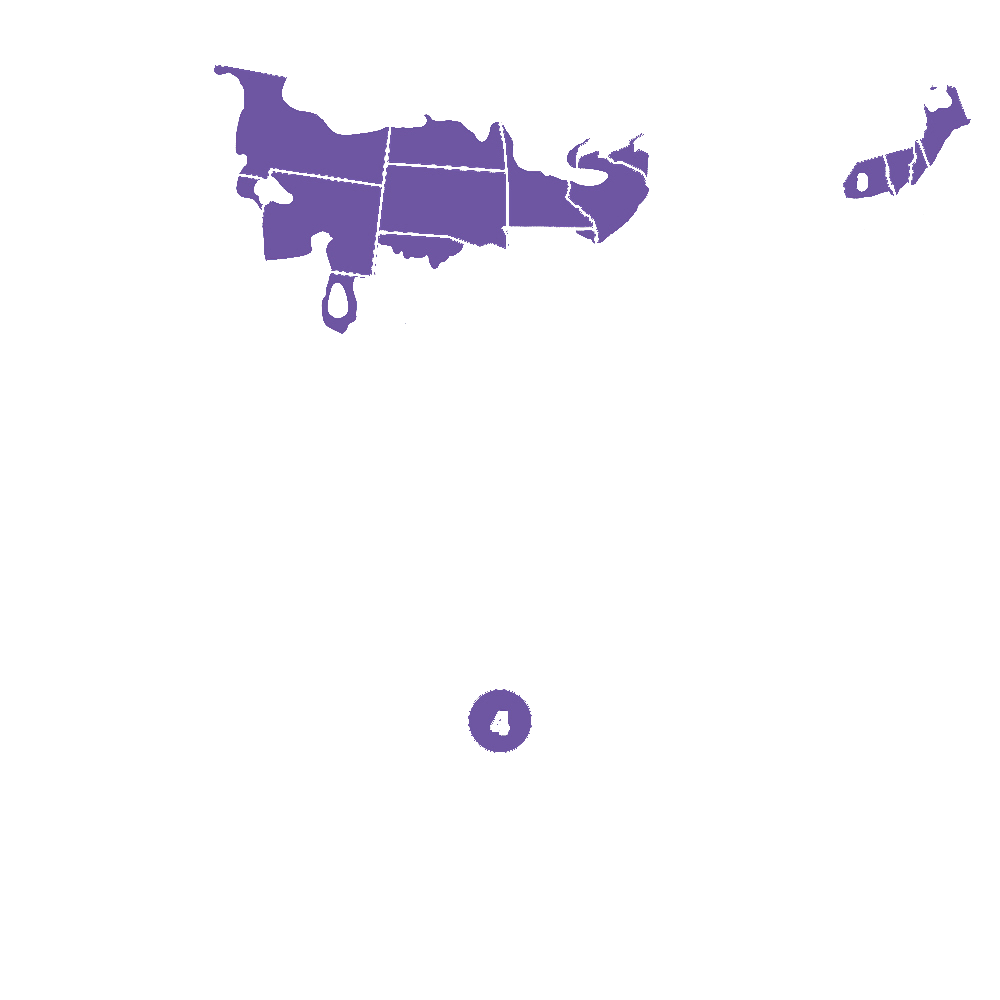
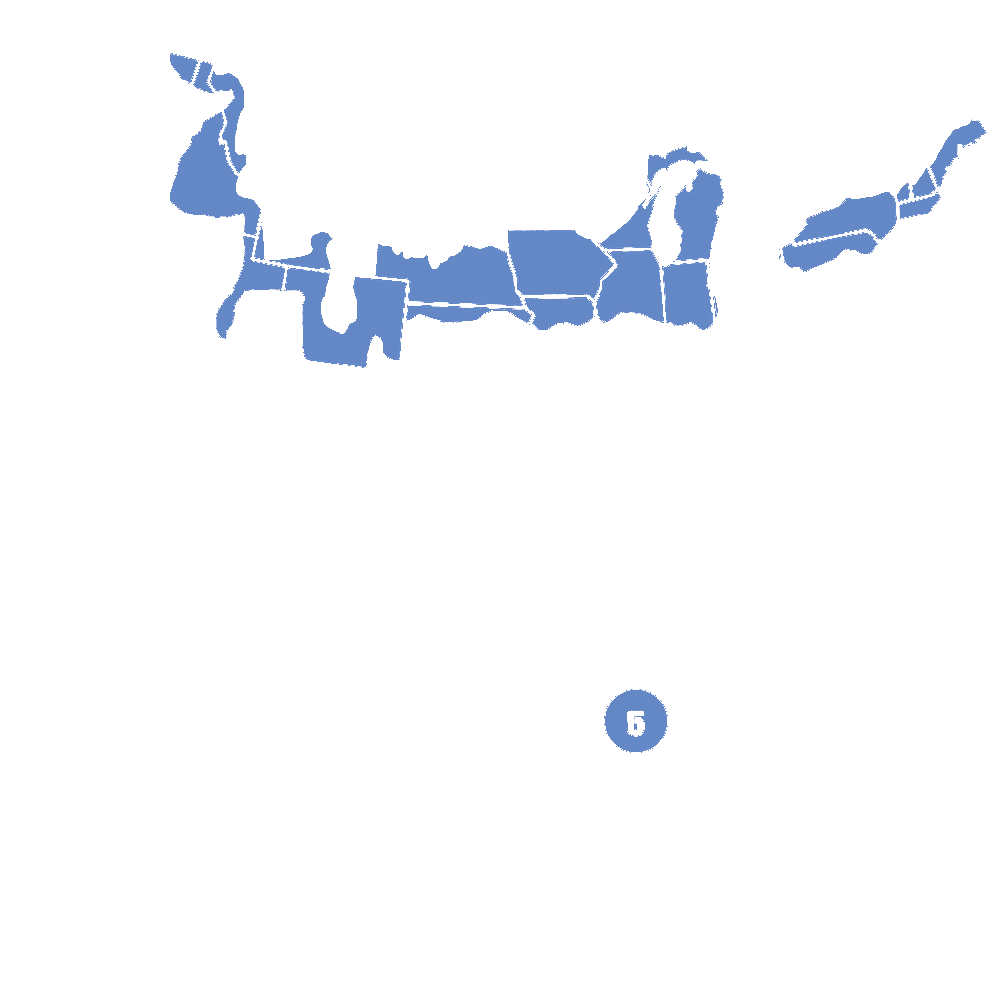
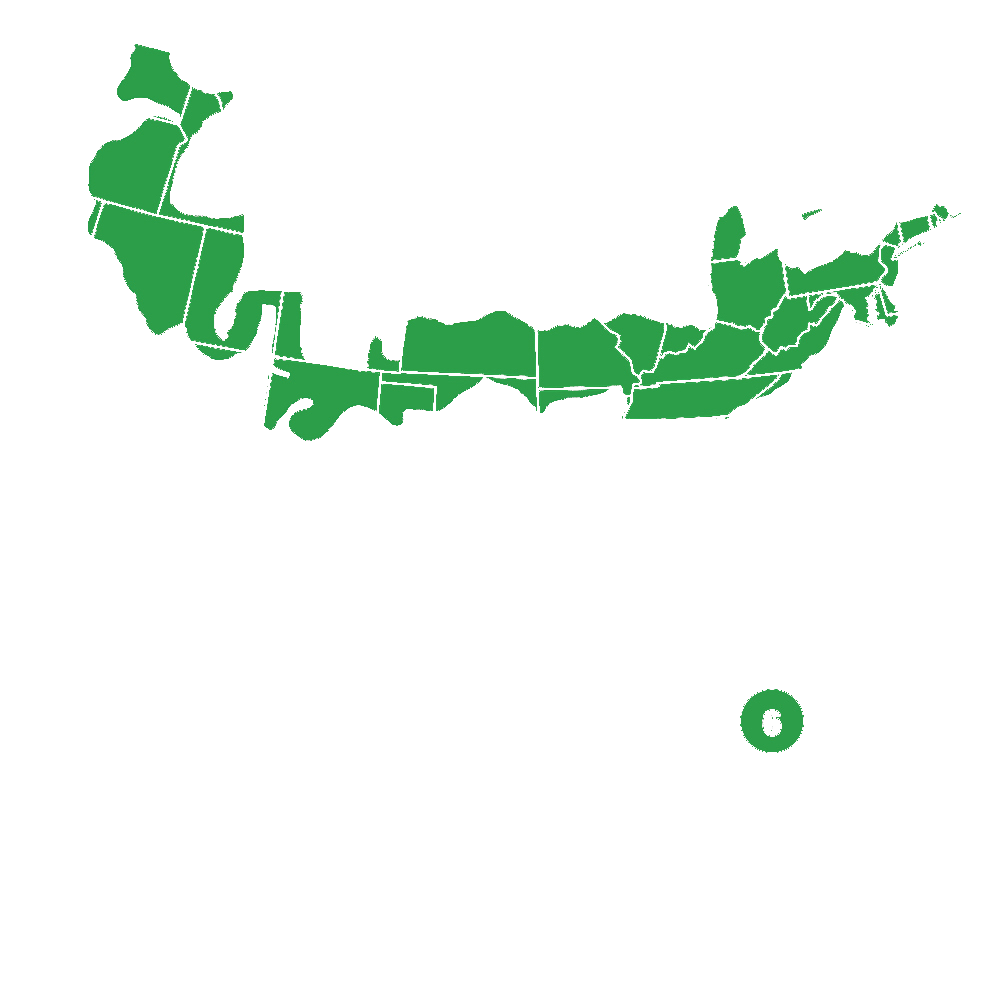
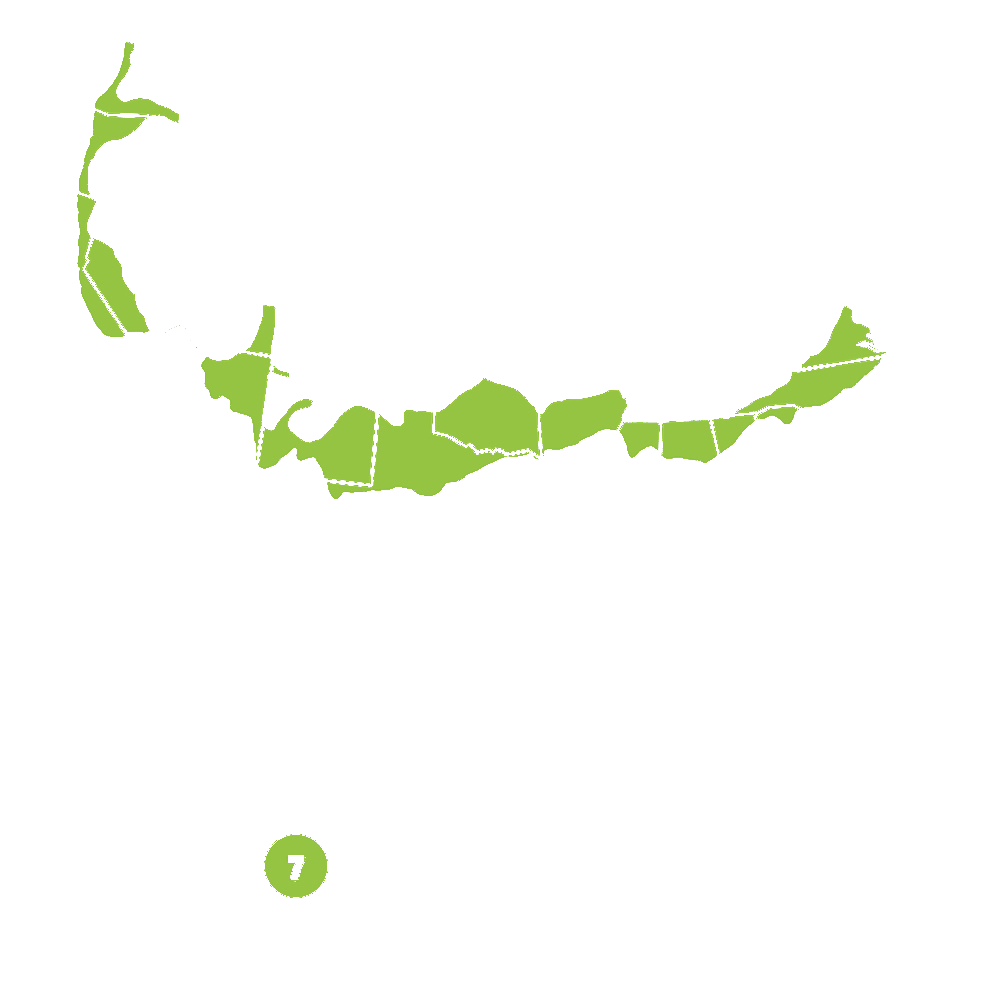
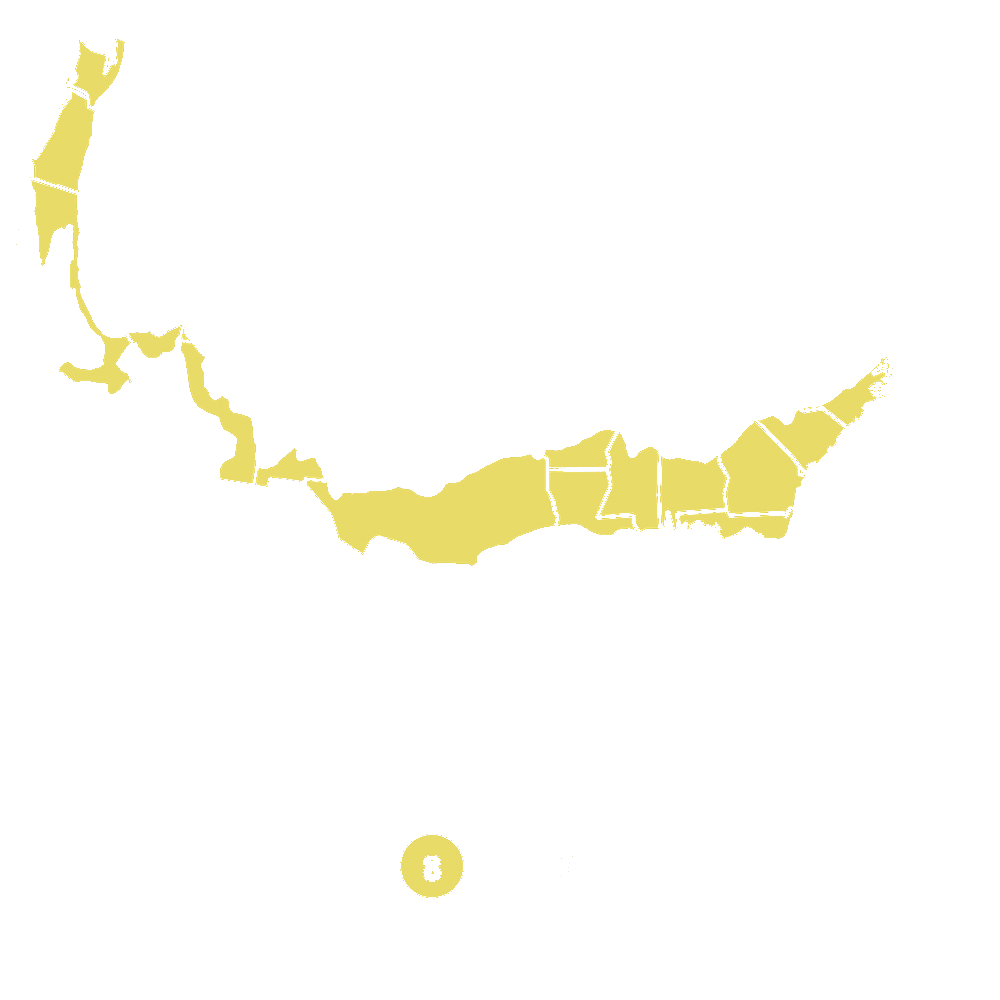

Pollination Info
Pollination Information for Creeping Thyme (Thymus praecox 'Coccineus')
Creeping thyme (Thymus praecox 'Coccineus') is a low-growing perennial herb that is commonly used as ground cover in gardens and landscapes. This plant produces small, pink to red flowers that are highly attractive to bees, butterflies, and other pollinators.
The flowers of creeping thyme are rich in nectar and pollen, making them a valuable food source for pollinators. Bees, especially honeybees and bumblebees, are frequent visitors to creeping thyme flowers, actively collecting pollen and nectar to bring back to their hives.
Butterflies are also commonly seen visiting creeping thyme flowers, sipping nectar from the blooms with their long proboscises. Other pollinators, such as hoverflies and beetles, may also be attracted to the flowers.
Planting creeping thyme in your garden can help support pollinators by providing them with a valuable food source. By attracting bees, butterflies, and other pollinators to your garden, you can help promote biodiversity and improve the health of your local ecosystem.
FAQ
Frequently Asked Questions about Creeping Thyme (Thymus praecox 'Coccineus')
What is Creeping Thyme?
Creeping Thyme, also known as Thymus praecox 'Coccineus', is a low-growing perennial herb that is commonly used as a ground cover in gardens. It is known for its small, aromatic leaves and clusters of pink flowers that bloom in the summer.
How do I plant Creeping Thyme?
Creeping thyme prefers well-drained soil and full sun. Plant it in a location where it will receive at least 6 hours of sunlight per day. Dig a hole that is slightly larger than the root ball, place the plant in the hole, and cover the roots with soil. Water thoroughly after planting.
How often should I water Creeping Thyme?
Creeping Thyme is drought-tolerant once established and only requires occasional watering. Water the plant deeply, but infrequently, allowing the top inch of soil to dry out between waterings.
How do I fertilize Creeping Thyme?
Creeping Thyme does not require much fertilization. You can apply a balanced fertilizer in the spring before new growth appears, but be careful not to over-fertilize as this can cause the plant to become leggy and lose its compact shape.
How do I prune Creeping Thyme?
Prune Creeping Thyme after flowering to remove spent blooms and encourage new growth. You can also trim back the plant in the spring to maintain a compact shape. Use clean, sharp pruners to make clean cuts and prevent disease.
Is Creeping Thyme deer-resistant?
Creeping Thyme is considered deer-resistant due to its strong aroma and slightly fuzzy leaves, which deer tend to avoid. However, no plant is completely deer-proof, so it's always a good idea to monitor your garden for any signs of deer damage.
Can I grow Creeping Thyme in a container?
Yes, you can grow Creeping Thyme in a container as long as the container has good drainage. Choose a pot that is slightly larger than the plant's root ball and use a well-draining potting mix. Water the plant regularly, as container-grown plants tend to dry out more quickly than plants in the ground.
Planting & Care
Planting & Care for Creeping Thyme (Thymus praecox 'Coccineus')
Planting: Creeping thyme prefers well-drained soil with full sun exposure. Plant in the spring after the threat of frost has passed. Dig a hole slightly larger than the root ball and place the plant in the hole, covering the roots with soil and patting it down gently.
Watering: Water newly planted creeping thyme thoroughly and keep the soil consistently moist for the first few weeks. Once established, water only during dry periods, as creeping thyme is drought tolerant.
Fertilizing: Creeping thyme does not require much fertilization. A light feeding in the spring with a balanced fertilizer can help promote healthy growth.
Pruning: Trim back any dead or leggy growth in the spring to encourage new growth and a compact shape. You can also prune after the plant has finished blooming to maintain its appearance.
Dividing: Every few years, divide creeping thyme plants to rejuvenate them and prevent overcrowding. Dig up the plant and divide it into smaller sections, replanting them in fresh soil.
Pests & Diseases: Creeping thyme is relatively resistant to pests and diseases. However, keep an eye out for powdery mildew or root rot, especially in overly wet conditions.
Uses: Creeping thyme is an excellent ground cover plant for sunny areas, providing fragrant foliage and attractive flowers. It can also be used in rock gardens, along pathways, or in between pavers.
Check Out These Verified Customer Reviews:
Customer Reviews
4.8 out of 5 based on 9 reviews
Thank you! Your review has been submitted.
The shipment was fast and the Creeping Thyme was well-packaged to prevent damage.
The quality of the Creeping Thyme exceeded my expectations. It's thriving in my yard.
I am thrilled with my purchase of Creeping Thyme. It has brought life to my outdoor space.
Item has been added to your cart.

